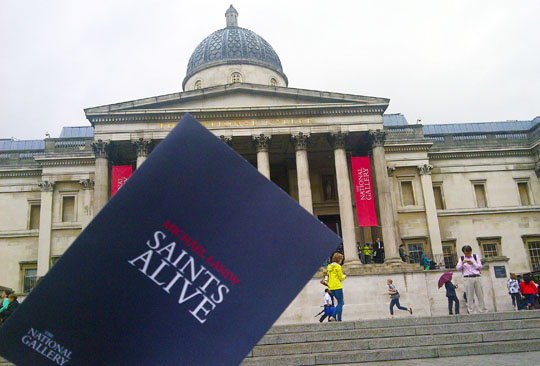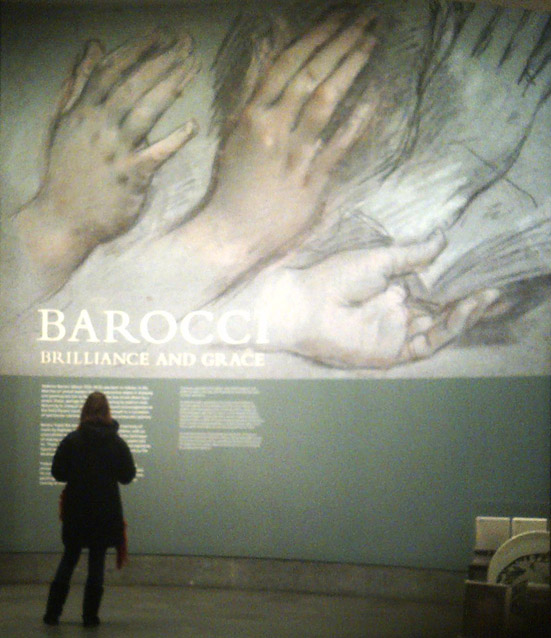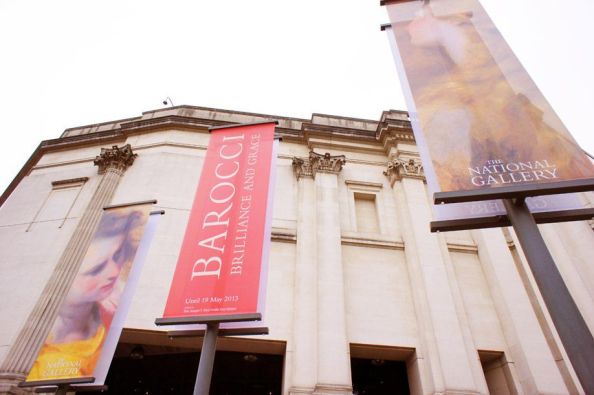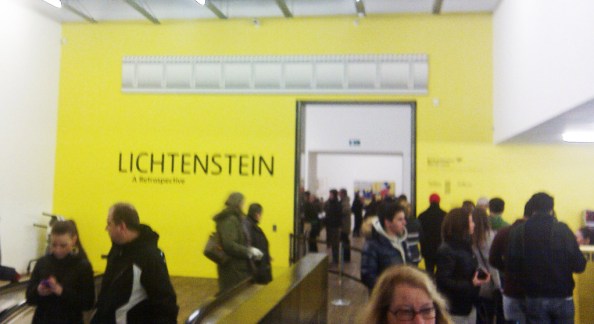Art in Mexico @ The Royal Academy
Up in arms. Who would’ve thought that by strolling through the streets of London on a clement Saturday morning you could come across two revolutions simultaneously? One was more of a protest by the animals rights activists- they had taken over the Piccadilly with placards and through the loudspeakers were filling in Fortnum and Masons patrons on the inhumane treatment of French geese.
 The other upheaval was taking place across the road at the Royal Academy. The latest exhibition on Mexican Art 1910-1940 was all about revolutions- in art, society, more art, and the inhumane killings of peasants.
The other upheaval was taking place across the road at the Royal Academy. The latest exhibition on Mexican Art 1910-1940 was all about revolutions- in art, society, more art, and the inhumane killings of peasants.
Art of the chaos. The political change in the 1910s Mexico was a great reason and excuse for the country’s own artists to rethink self-image and dig into the land’s rich heritage. At the same time, foreign artists of varying degree of renown flocked to Mexico, attracted by the promise of chaos and discovery into the unknown. And so this exhibition is a look at the results of these two streams of expression- so different in their own origin but united in their inspiration.
The amazing stuff on show- both photographs and paintings- was a great example of how violence, brutality and aggression in revolution go hand in hand with the explosion of artistic creativity- until the winning side curbs this creativity and makes it its own.
Boys from Mexico. One of the best painters at the show, in my humble opinion, was Francisco Goitia, whose grotesque subject matter (hanged men, witches) was only matched by the strange and exaggeratedly symbolist style. His compatriot Manuel Alvarez Bravo held the same attraction for bizarre, but expressed it through photography. His style was a true child of the 20s Mexico politico, but shifted gradually into Magic Realism slash Surrealism in later years.
Boys, girl and murals. Predictably, most wall space was taken by such legends as Edward Weston and Tina Modotti, who joined the race into this brave, bloody and exotic world in order to soak up the revolutionary spirit of the war-torn country, and then leave, never to come back again. There was also a (very average) painting by Diego Rivera, the only contribution of his to the exhibition (possibly because even the Royal Academy has not devised as yet a way of transporting murals).

English: Detail of “Indian Mexico” at the Palacio Nacional by Diego Rivera (Photo credit: Wikipedia)
The home grown artists’ contribution was all the more exciting for its inherent understanding and unsentimental look at themselves. It only befits that the most well known art form that emerged out of this bloody struggle for socialism and equality- the wall mural painting- by its very democratic nature can’t be confined to a gallery, but always remain where it was intended to be- on buildings walls- free to be seen by everyone. After this exhibition, next stop- Central America to witness this in situ!
Big and small. The final item was Frida Kalho’s miniature self-portrait- an antithesis to the grand emotions that perforated Mexican art. Diego Rivera’s wife had her own exhibition a few years back at the Tate Modern- a collection of jewel-like vivid paintings, so delicate and personal and introverted which, nevertheless, easily stripped all emotional, theological and political covers away from her pure human naked suffering.







